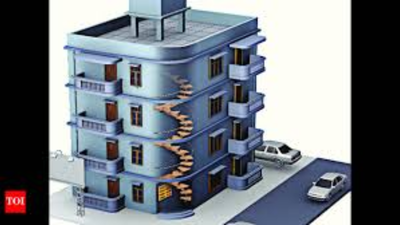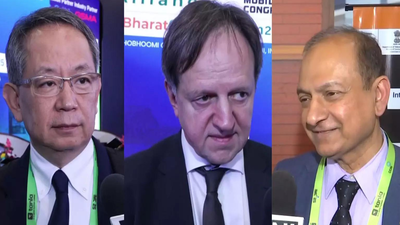India’s rare earth boost: Govt approves Rs 7,300 crore scheme; aim to diversify away from China

The government has moved a step closer to boosting India’s self-reliance in rare earth magnets, with a key panel approving a Rs 7,300 crore scheme to support local manufacturing. These magnets are essential for electric vehicles, wind turbines and a range of consumer electronics.The expenditure finance committee (EFC), which functions under the finance ministry, cleared the proposal earlier this week. The scheme aims to give both capital and operational support to companies setting up rare earth magnet processing facilities and supply networks in India.Of the total funds, Rs 6,500 crore has been reserved for capital expenditure and Rs 800 crore for operational costs. The plan will now be presented to the cabinet for its approval.“It is expected that India’s rare earth magnet production will reach 6,000 tonnes by 2030 through these incentives,” a senior official told ET, adding this would be enough to meet domestic demand.The move follows earlier remarks by Union steel and heavy industries minister HD Kumaraswamy, who had said the government was working on fiscal incentives to increase domestic output. He explained that the scheme is designed to help India become an active player in global value chains by offering targeted support. The incentives will narrow cost gaps, reduce tariffs on important equipment and maintain a steady supply in the face of growing trade restrictions worldwide.The decision to roll out incentives was made in June, after a ministerial review raised concerns over China’s control of the global rare earth magnet market. In April, China made special export licences compulsory for seven rare earth elements and related magnets to block rerouting from India to the US, after Trump threatened higher tariffs on Chinese goods. The decision had an alarming effect in India’s automobile industry, which warned of disruptions and sought government action.Demand for rare earth elements in India is largely driven by the electric vehicle and wind turbine sectors, which account for more than half of the expected domestic demand of 4,010 metric tonnes in 2025. Overall demand is likely to rise sharply to 8,220 metric tonnes by 2030.Permanent magnets made from rare earth elements are used in power windows, speakers and propulsion systems in EVs, as well as in generators for renewable energy systems, making them a vital part of India’s clean energy and technology ambitions.





